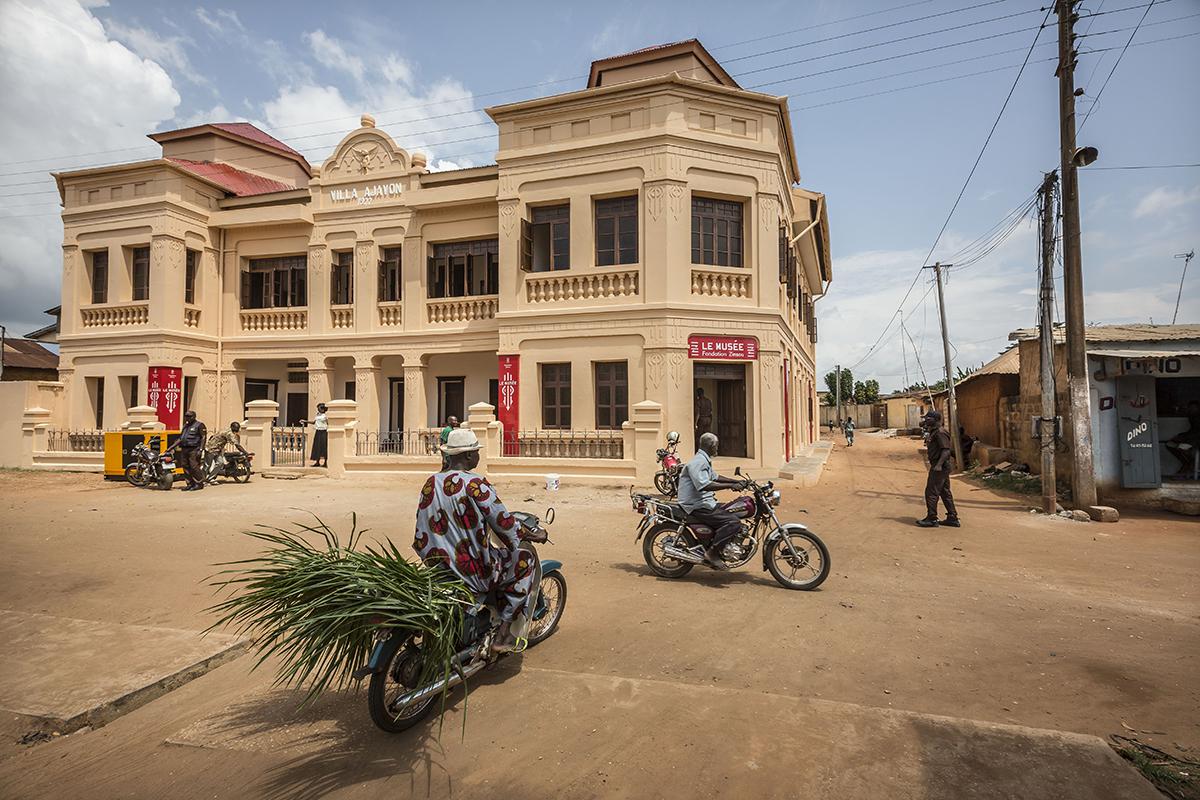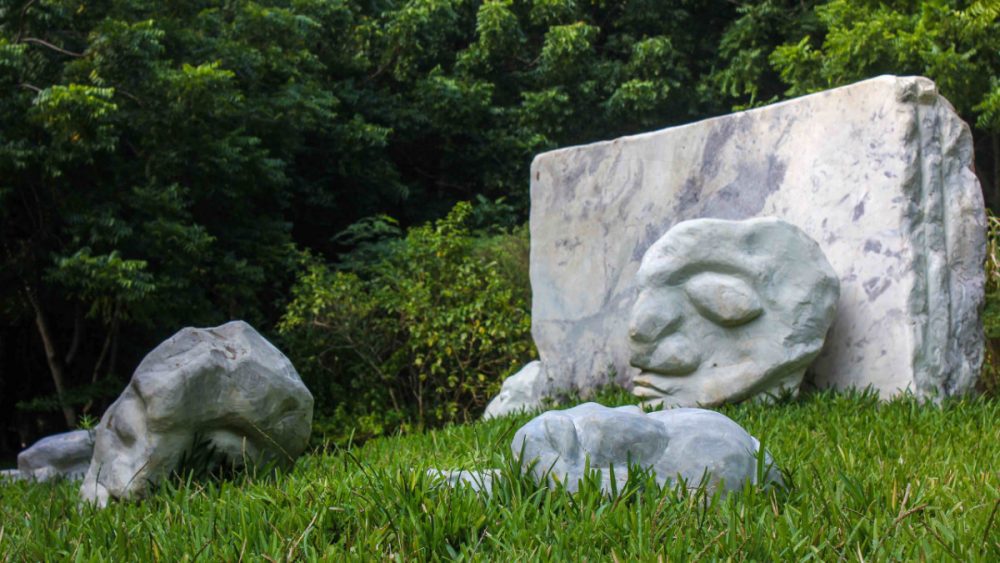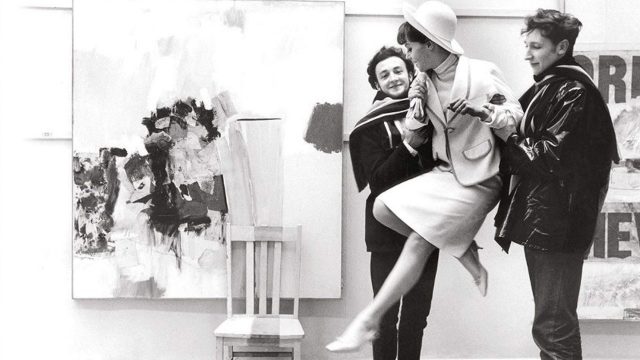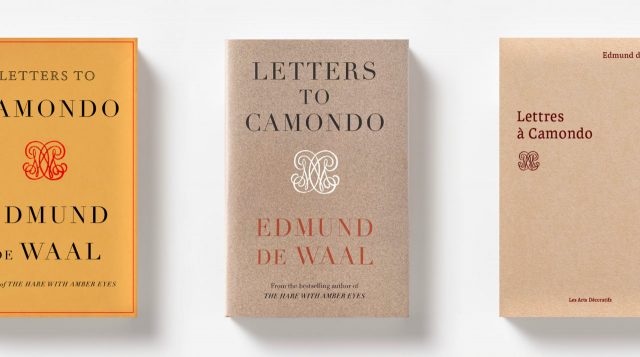Museo de Arte Moderno de Medellín
Book Review: The Future of the Museum

If you read my recent book review on The Art Museum in Modern Times, you may remember that I picked the book up by accident, intending to have collected András Szántó’s The Future of the Museum: 28 Dialogues. Having made my way back to one of my local bookshops (if you find yourself in Edinburgh, I recommend both Topping & Company and Golden Hare), I worked my way through Szántó’s book, eager to compare it to The Art Museum in Modern Times.
I really enjoyed The Art Museum in Modern Times, but I am slightly less enthusiastic about The Future of the Museum. While the subject matter of both books is similar in that they examine museums around the world — their ethos and changing functions in modern times — the authors handle these topics quite differently.
Szántó structures this book around 28 interviews he did with museum directors during the lockdown. As someone involved with museum and gallery efforts to digitise their content during the pandemic, I now feel quite ‘zoomed out.’ I enjoyed reading the interviews in Szántó’s pages, rather than listening to another live or pre-recorded jittery, pixelated audio recording.
Szántó introduces the interviews by explaining why he felt they were timely and necessary:
…regardless of size or location, art institutions were questioning the role they were playing in societies where inequality is spiking, social justice is elusive, politics are polarized, and environmental breakdown is becoming a fact of life. These trends were already stirring intense debate about the functions and entanglements of today’s art museums. A consensus was crystallizing that institutions need to be brought into a new alignment with a rapidly changing society. But the upheavals of 2020 intensified the reckoning, confronting museums with fundamental questions about their relevance and viability.
He regards COVID19 cuts to museum finances and uprisings about racial injustice as the driving factors in the upheavals to the museum community in 2020. The impact of the pandemic is fairly self-explanatory: museums around the world had to shut their doors and transform to online and digital programming. In most countries, the arts were deemed non-essential, and museum and arts practitioners struggled to access funds or operate on reduced budgets and lower staff numbers. The upheaval in the wake of the death of George Floyd sparked increased awareness around structural issues within the art world at large, which has impacted policies on museum leadership, staff and endowments. Szántó’s identification of these issues is not groundbreaking, nor are the issues exclusive to the art world. Still, for anyone looking for a succinct summary, the introduction to this book will serve you well.
Each chapter consists of an introduction to a museum and its director, a discussion of the museum mission, and a projection of the institution’s strategy for the future. I found the interview questions and the director’s responses repetitive, given that the premise of this book is that all museums are facing these challenges. The text was far more interesting when the directors discussed specific, unique programmes they are implementing.
Franklin Sirmans of the Pérez Art Museum in Miami briefly discussed their Art Detectives programme, where police come to the museum and learn about art alongside children from ‘underserved’ communities to build positive relationships. The Brooklyn Museum partners with the Centre for Court Innovation, allowing people arrested for minor crimes to clear their record by participating in art classes. Adriano Pedrosa at the Museu de Arte de São Paulo (one of my favourites from The Art Museum in Modern Times) discusses how they programme their exhibitions around histories, not art history (histories such as Histories of Childhood, Histories of Sexuality, and Histories of Diversity). Koyo Kouoh of Zeitz Museum of Contemporary Art in Cape Town references a colleague, Daudi Karungi, who set up a biennial, an art fair, a gallery, a journal and a residency programme in Uganda. He cites this as an example of what is possible and what may be necessary to expand access to the arts in Africa.
By far, my two favourite chapters were those with the interviews of Sonia Lawson, founding director of the Palais de Lomé in Togo and Marie-Cécile Zinsou, of the Fondation Zinsou in Benin.

Photo by Jean-Dominique Burton
Source: Fondation Zinsou
The Palais de Lomé is a fantastically diverse site, including a 26-acre botanical sculpture park, restaurants, a book store and a boutique selling local craft. Lawson discusses the experience of transforming the former colonial governor’s palace, which retained associations of exclusivity, power and negativity in the community, into a space that now overtly welcomes the Togolese population. In her interview, Lawson shares key steps in the process: persuading the community that culture is an important investment, communicating the value of renovating a heritage site, and creating a new identity for a venue that has been unwelcoming historically. She did an extensive search for suitable architects and builders, and after the construction was complete, she invited the construction workers and their families to the site. Lawson shares that the invitees were astonished to have been allowed to visit a venue where they had been labourers. When Lawson began planning the garden for the museum, she collaborated with a traditional healer who pointed out the existing native plants that should be saved as part of the landscaping plan. The resulting garden areas, featuring beehives and medicinal gardens for the public, are a mix of carefully planned and disorderly plots, enabling local scientists to study what happens when urban spaces are left to re-wild.

Photo by Studio Erick Saillet
Source: Palais de Lomé
The chapter of Szántó’s book that transcribes the interview with Marie-Cécile Zinsou of the Fondation Zinsou is engrossing and awe-inspiring. In 2005, at age 21, having had no experience working in museums, Zinsou started Benin’s first contemporary art space and opened a second venue in 2013. She discusses how her progress unfolded: from a time when there was little comprehension of the value of establishing a museum to the eventual development of a facility capable of attracting and exhibiting high-value loans from international museums. Zinsou elaborates on the particular challenges of running a museum in a developing country, the process of adapting artworks to fit their spaces and environment, and the plans for what their next space will look like.
Zinsou had to push boundaries in almost every aspect of these projects, from convincing rappers and contemporary singers to sing about the exhibitions on the radio, utilising Whatsapp to disseminate news to the community, buying beers for local school teachers to persuade them to bring their students to the venue, and recruiting staff at local Mass. You get a sense of how resourceful she was when she describes the unconventional way she procured funding. Zinsou approached the biggest bank in Benin and asked the management to permit her to use the bank’s logo in her marketing materials (giving the community the impression that the bank was a sponsor for the museum); if the management revealed that the arrangement was ‘fake’, the bank would then have to compensate the museum. When the other banks in Benin realized that the biggest bank had ‘sponsored’ her museum, they approached Zinsou, asking to become sponsors. She got her financing.

Source: Palais de Lomé
All in all, The Future of the Museum is an interesting, if somewhat repetitive, survey of the current international art museum environment from the perspective of 28 museum directors. As I reflect on the parts I enjoyed most, I wonder whether my attraction to the stories about Zeit Moca, Fondation Zinsou and the Palais de Lomé is because there is something particularly invigorating about institutions that are starting from scratch.
While the museum stalwarts like the Brooklyn Museum, the Serpentine Galleries, the Metropolitan Museum of Art and the Royal Academy are included in the book, I found their content significantly less gripping. These institution’s efforts to propel museums forward into modernity is necessary and admirable. Still, the reality remains that many people have learned about and understood art through the Western museum context. While it will be interesting to see how these museums will evolve, for me, it is more interesting to witness how new museums in developing countries will forge a path given today’s particular challenges.
*All quotes come from András Szántó’s The Future of the Museum: 28 Dialogues.




